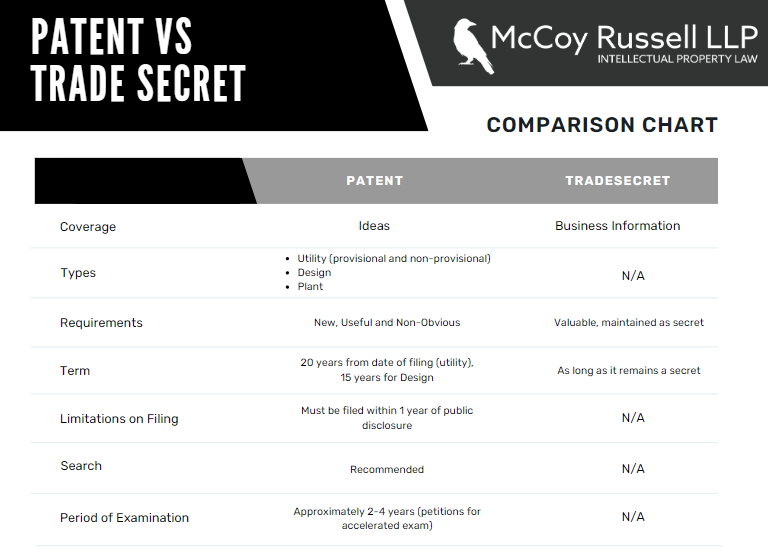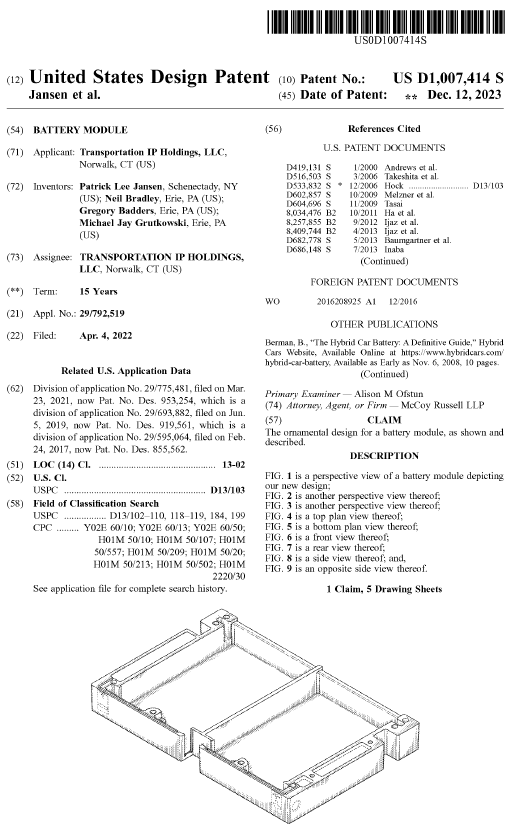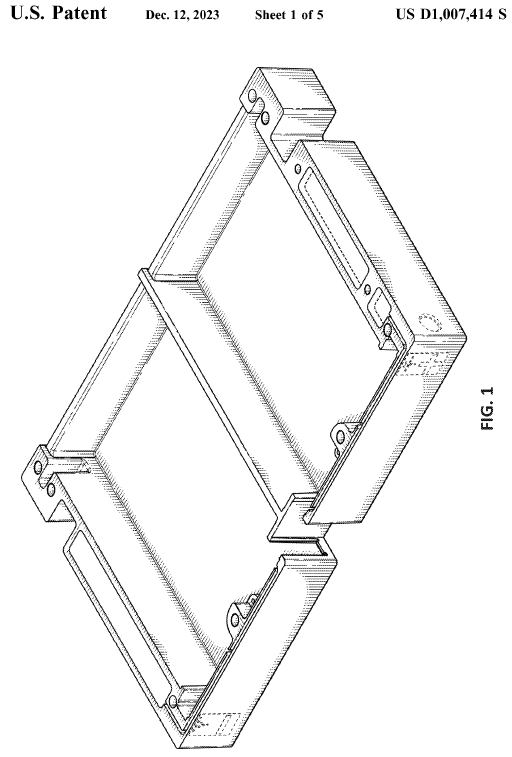
As a women-owned boutique intellectual property firm, McCoy Russell was excited by this year’s World Intellectual Property Day. The 2024 topic reexamines how we live, work, and play to build a sustainable future by looking at ways IP and Sustainable Development Goals (SDG) intersect.
Intellectual property rights incentivize innovation and facilitate technology transfer, essential elements for addressing global challenges outlined in the SDGs, such as inequality and environmental degradation. By protecting inventions and creative ideas, IP fosters the development and dissemination of sustainable technologies and practices, contributing directly to the progression of SDGs.
IP rights play a crucial role in ensuring equal opportunity for access to essential goods and services by promoting knowledge dissemination and technology transfer. They also safeguard traditional knowledge, preserving cultural diversity and promoting sustainable practices within local communities.
McCoy Russell is proud to support these goals by nurturing creative brainstorming, fostering innovation, and advocating for ways to boost women inventorship in the IP.
McCoy Russell has been examining the participation of women as inventors and presenting on the gender and minority gap in inventorship, patent prosecution, and VC funding for women founders nationally and locally in Portland. The firm not only brings to light the benefits of diverse teams and roadblocks in the patent system, but also shares remedies at the organizational level, investor level, and individual level, focusing on culture, support, and self-identity.










Recent Comments